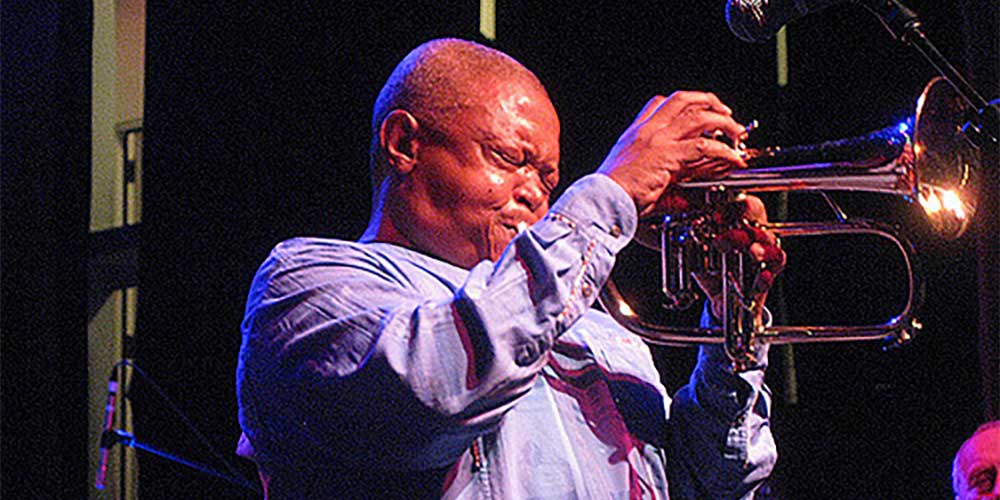
- EAR WORM JAZZ SONG HOW TO
- EAR WORM JAZZ SONG FULL
Being aware of it and the need to complete it keeps it going. Click To Tweet We get earworms because some catchy songs with unexpected changes manage to spontaneously reactive its memory in an incomplete way. Chew gum to extinguish a song stuck in your head! Chewing diverts and blocks resources from the brain that are responsible for pushing music into your mind's ear. And in other cases, completely changing the mood or context deletes the earworm.Ĭlick here for evidence-based ways to remove that song stuck in your head. In some cases, simply hearing the song or playing it till the end stops it. Stopping the body and engaging the mouth helps too. In extreme cases, musical hallucinations manifest as OCD symptoms.Įngaging the mind’s auditory space with different sounds, conversations, or reading can stop the earworm. Sticky music occupies the phonological loop of memory with resources from the auditory cortex and sustains itself via ironic processes (trying to stop the earworm ironically reinforces its memory) & Zeigarnik effect (incomplete musical loop continues till it is resolved) to fill up the cognitive space available during mind-wandering. Songs get stuck in the head because surprising, upbeat, and familiar musical structures stay incomplete in memory, mind-wandering brings recently-heard tunes into awareness, low cognitive engagement frees up mental space for music, personality traits like neuroticism emphasize existing thoughts and openness to experience welcome new thoughts, and bodily feedback from movement continues the song loop. Summary: Why does the stuck song syndrome occur?
EAR WORM JAZZ SONG HOW TO
How to get rid of unwanted earworms and repetitive musical hallucinations?. How similar is imagined music and real music for the brain?. Does your current activity and cognitive space matter?. Does your personality, preferences, and behavior make you an earworm-hugger?. 4 factors which make musical imagery subjective. Common strategies to extinguish an earworm. How do people react to involuntary musical imagery?. Who experiences involuntary musical imagery?. Unidentified, incomplete, and unresolved music is like an unfinished thought that needs completion. The phenomenon of earworms: Why do songs get stuck in the head?. Summary: Why does the stuck song syndrome occur?. I do welcome contrary views or other interpretations in the comments. I do intend to take this article further and show examples from his repertoire. While he did use extensions, the one concept that does hold true is that of the main structure of the melody line is the highest note. The view that I’m attempting to put across is that the normal interpretation of Charlies Parkers quotes don’t always fit. But for the most part, they were root notes, 7ths, 3rds, 5ths or altered 5ths. Indeed, sometimes the notes that fell on beats 1 and 3 forming the voiceleading or structure of the melody were 9ths and other extensions. They also featured arpeggios and scale notes that seemed to be “ backing them with appropriately related changes“. I was isolating the voiceleading of the melody (the first 4 bars in Concert Key: F E D C# A G Eb Db C) when I remembered part of the quote “ high notes of the chords as a melodic line” – and in this case, the voiceleading line was, for the most part, the highest note. Yes, he did use these extensions and even as Steve Coleman explains, the upper structure triads that include these notes, it didn’t seem that this was the factor that set his melody writing apart.Īnalyzing the head to Blues for Alice was the lightbulb moment for me. Parker showed that he didn’t seem to really discriminate. However, even a cursory examination of the melodies and solos by Mr. This all seemed feasible and even likely as Bebop was such a departure from the Swing music that preceded it. The explanation given was that he wasn’t dealing with the lower parts of the chord (read that as functional – 1 3 5 7) rather he was creating melodies using the upper parts of the chord (the extensions, 9 11 13). I found that by using the higher intervals of a chord as a melody line and backing them with appropriately related changes I could play the thing I’d been hearing. I realized by using the high notes of the chords as a melodic line, and by the right harmonic progression, I could play what I heard inside me. I came across a quote from the man himself, that was then explained: Many years ago, I was reading up on the players I was studying (as any good student of music does and I still am and therefore I still do). Instead, it serves as a placemarker for further discussion and thought. 
EAR WORM JAZZ SONG FULL
Despite the lofty title and its implications, this is not a full analysis of the thought processes of one the greatest players of Jazz.





 0 kommentar(er)
0 kommentar(er)
